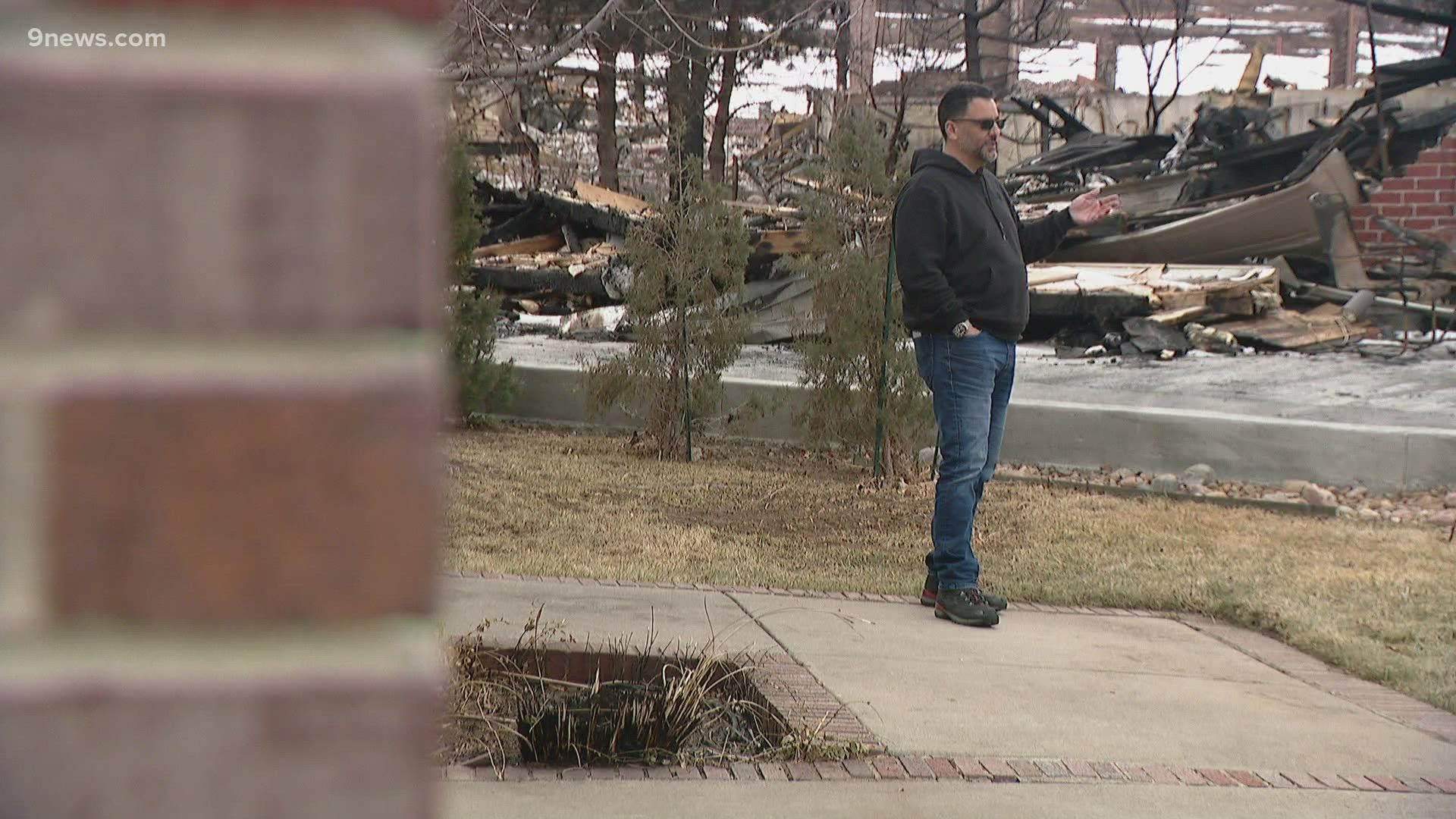LOUISVILLE, Colo. — Hundreds of families are beginning the painful process of rebuilding after the Marshall Fire, but many families who still have a home face different challenges as smoke damage created questions about safety.
On a street in a Louisville neighborhood, one side was burned to the ground and the other side was left mostly untouched by the flames.
"My immediate thought was there is no way that our house is going to be standing," said David Leevan, who moved here more than a decade ago. "Just hard to believe that the fire stopped right where it did. The fence burned, and we lost some bushes, but the house structurally, it looks like it did the day after Christmas."
Questions flared up just as fast as the fire tore through this neighborhood. Leevan and his neighbors had homes, but they didn't know what to do next.
"When is it safe to be back? What kind of remediation do we need to do on the house in order to move back in?" he asked.
"Are there carcinogens? What are the long-term effects? Like when is it safe? That is the main question," said Sharon Reese, one of Leevan's neighbors.
"It isn’t just wood," Leevan said. "TV sets burned and paint in the garage and propane and metals and plastics."

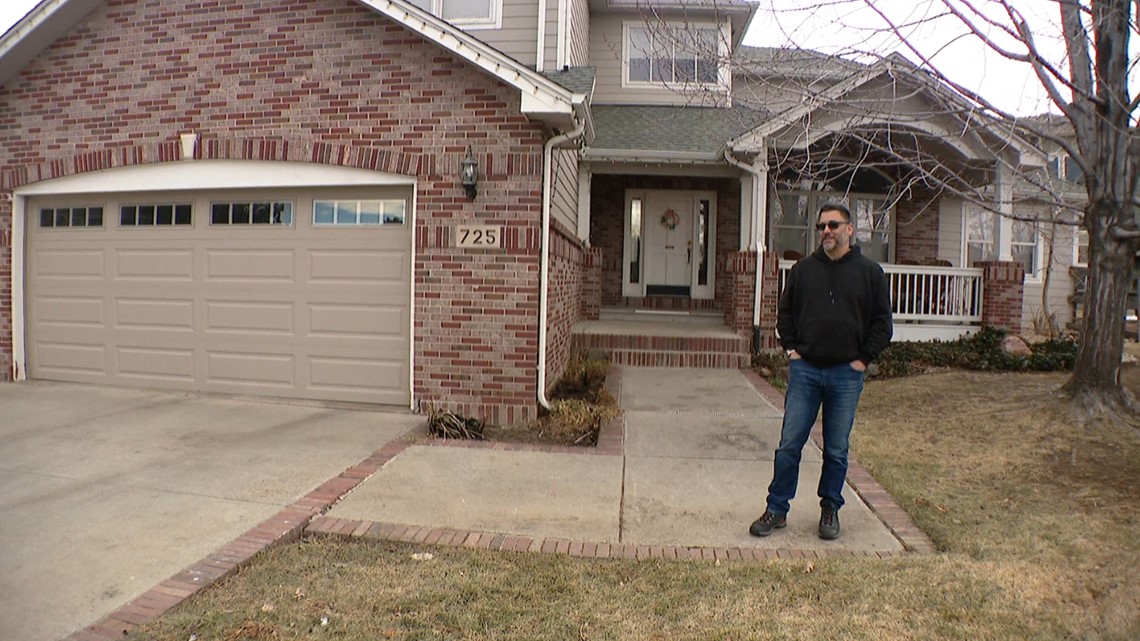
Leevan said he wants answers because his insurance company wants his family to move back in as soon as possible.
According to Leevan, the initial settlement offer from his insurance company was about $45,000. The remediation companies quoted repairs to cost about $100,000, he said.
Leevan hired an environmental group to run tests in his home that he will take to his insurance company. He said he hopes the insurance company will accept the test results.
"We don't know what is in the walls," he said. "We don't know what is in our garage, and we need answers."
The Colorado Division of Insurance expected several homeowners in this situation to get reports from environmental groups. The state is directing insurance companies to take the reports into consideration. If they don't, the Division of Insurance said people should call it before filing a complaint and the state will investigate the matter.
Clarity was all Leevan's side of the street was searching for.
"We can see our house, but we can't live in it because we feel like out health could be jeopardized," said Karen Cooper, one of Leevan's neighbors.
They don't know when they can live here again. A chemistry professor at the University of Colorado at Boulder wonders that, too.
Joost de Gouw and a team test homes in Superior near burned properties. He turned someone's kitchen into a makeshift lab to measure tiny particles and gases that the fire left behind.

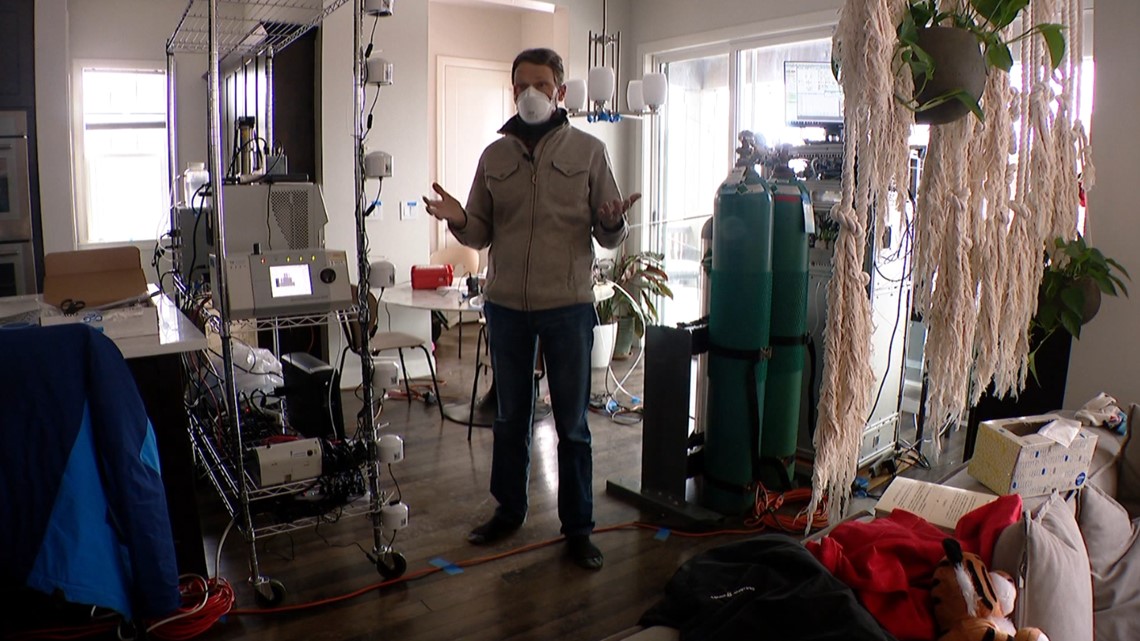
"We suspect the ash is enriched in things like metals, asbestos," he said.
According to preliminary results from CU Boulder, indoor air contains higher concentrations of most chemicals, including benzene. Researchers found that air cleaners with activated carbon reduced those concentrations indoors, but concentrations increased after turning off the air cleaner.
The research team suggested using an activated carbon filter for smoke odors.
Because the study was in its early stages, de Gouw said it was difficult to answer when it will be safe for people to move back into their homes.
"I think what people can do is increased ventilation as much by opening windows on nice days and run these air cleaners as much as you can," de Gouw said.
In Louisville, neighbors also worried about what will happen once what's left on the other side of the street is cleaned up. Boulder County said it could take up to 18 months to clear it all.
Some damage was obvious. Other repairs were not.
"Our problems are miniscule compared to the people who lost their houses, and at the same time, they are very real problems," Leevan said.
Leevan will work on these problems for a while, but there was no question this is home.
"We feel committed to the neighborhood," he said. "We built our life here, and this is our community."
Below: These slides showing early results from a study by Joost de Gouw's CU Boulder team on chemicals inside homes near Marshall Fire burn areas:

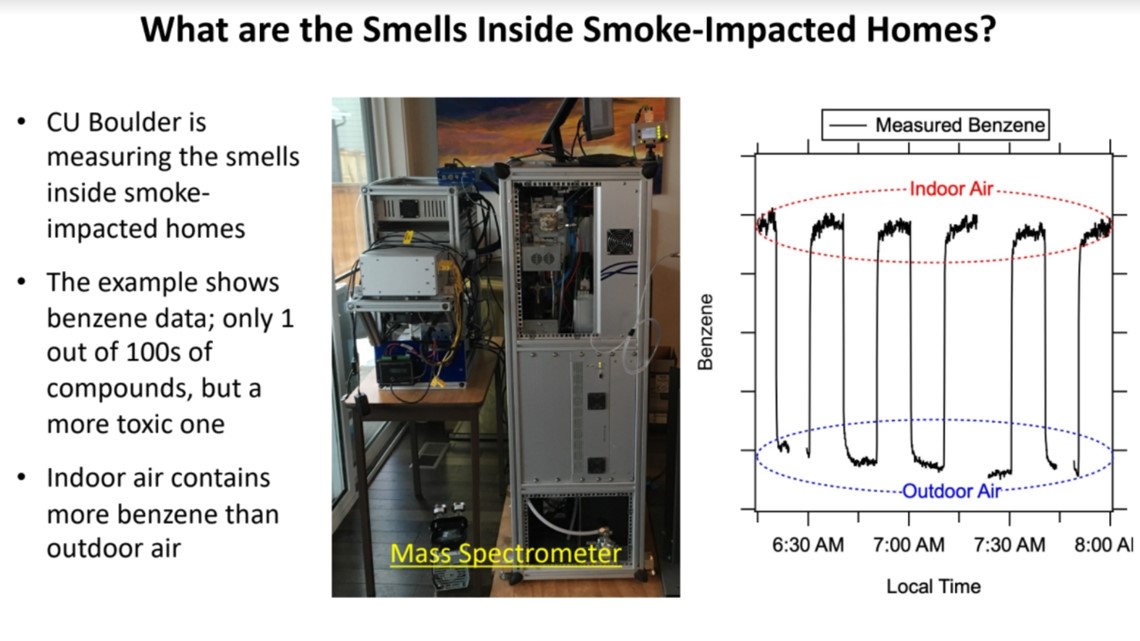

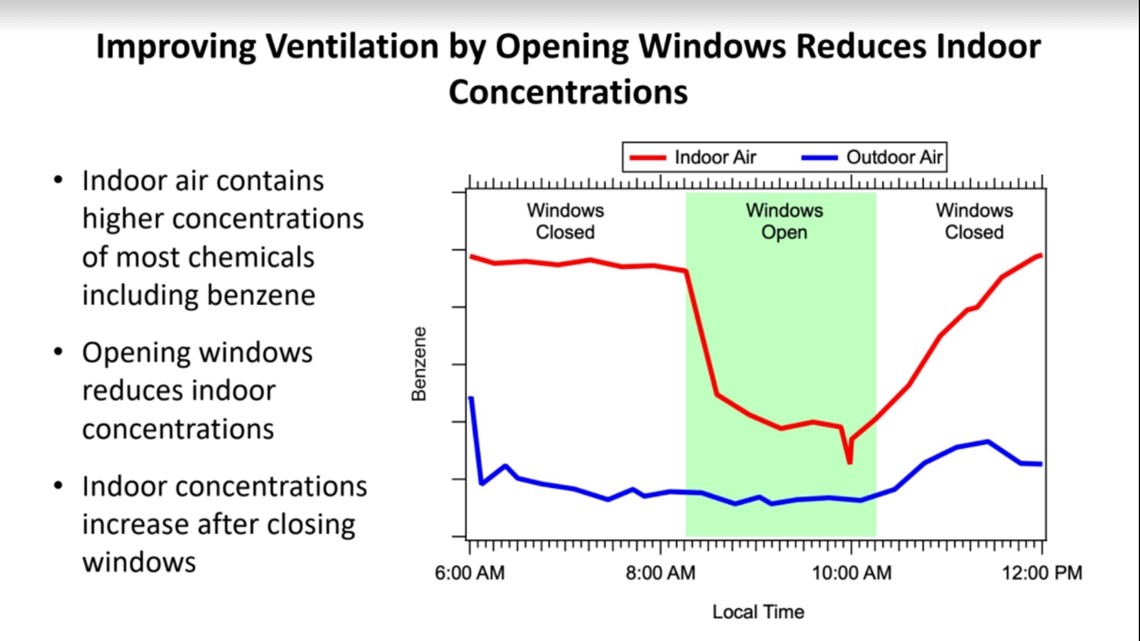

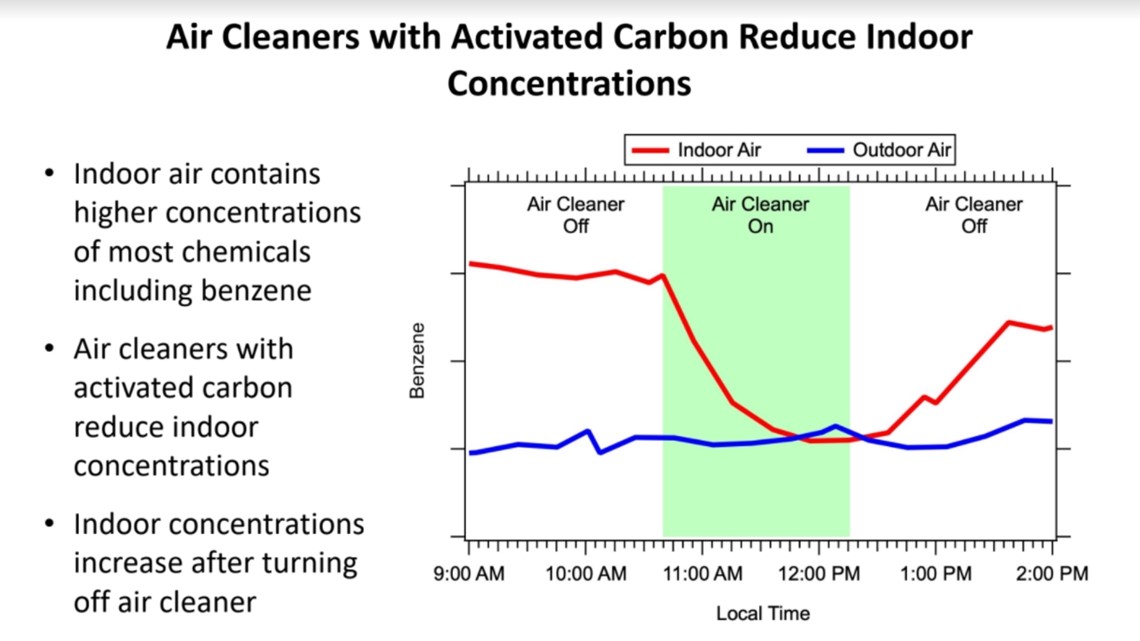

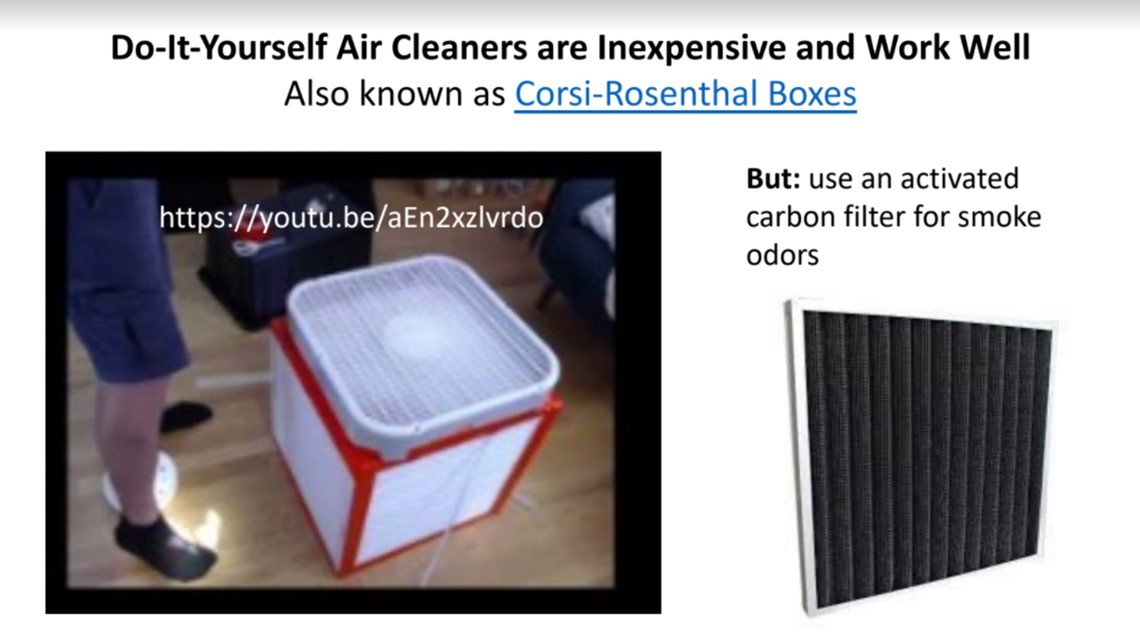
SUGGESTED VIDEOS: Marshall Fire Coverage

